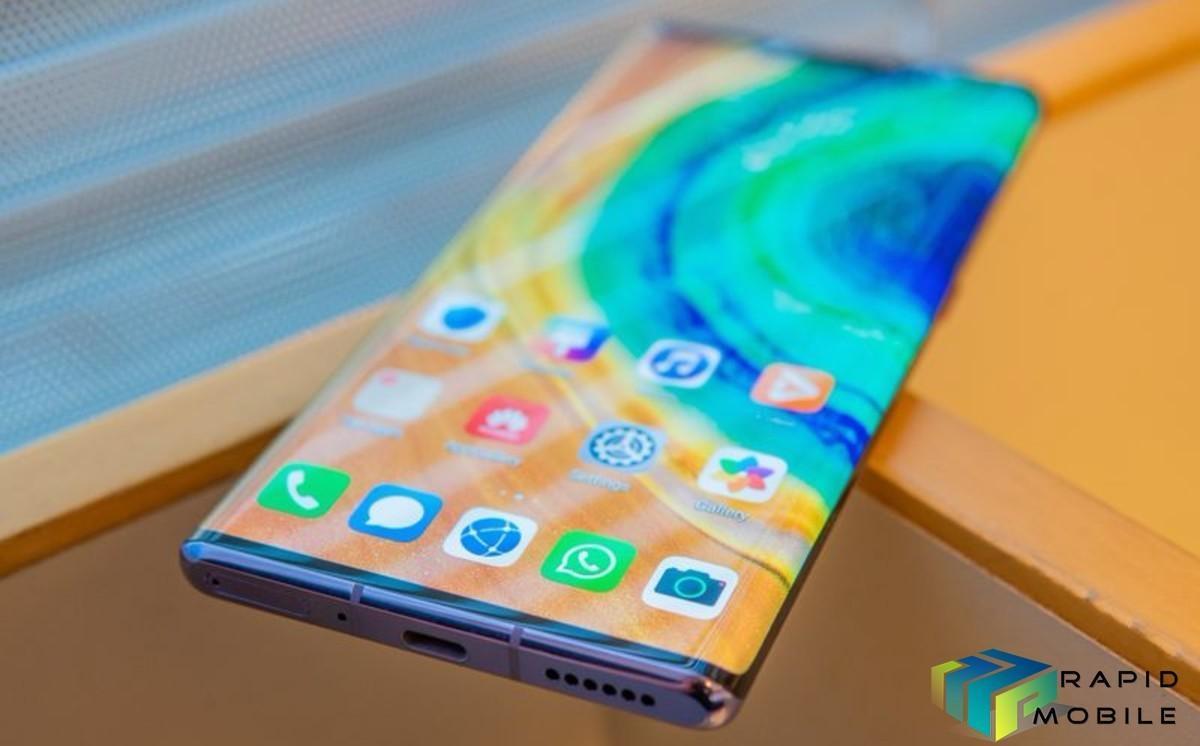According to a report by research firm Canalys, Huawei became the world’s biggest smartphone maker in Q2 2020, shipping more smartphones worldwide than any other vendor for the first time.
This marks the first quarter in nine years that a company other than Samsung or Apple has led the market.
Huawei shipped 55.8 million devices, down 5% year on year. But second-placed Samsung shipped 53.7 million smartphones, a 30% fall against Q2 2019.
Although he called it “a remarkable result,” Canalys senior analyst Ben Stanton put Huawei’s success down to Covid-19.
“This is a remarkable result that few people would have predicted a year ago,” said Canalys Senior Analyst Ben Stanton.
“If it wasn’t for COVID-19, it wouldn’t have happened. Huawei has taken full advantage of the Chinese economic recovery to reignite its smartphone business. Samsung has a very small presence in China, with less than 1% market share, and has seen its core markets, such as Brazil, India, the United States and Europe, ravaged by outbreaks and subsequent lockdowns.”
Sanctions aimed at crippling Huawei are part of a broader global battle between the U.S. and China over technology and trade. The restrictions mean Huawei phones now face a distinct disadvantage outside China because they can only run a stripped-down open source version of Google’s Android operating system and don’t come with the U.S. search giant’s apps like Chrome, YouTube, and Google Maps. Users also have to download apps through Huawei’s own app store, not the Google Play store
Another Canalys analyst, Mo Jia, said the global top spot placing would provide a powerful boost to Huawei’s brand but warned that its time in the sun could be short.
“Taking first place is very important for Huawei,” “It is desperate to showcase its brand strength to domestic consumers, component suppliers and developers. It needs to convince them to invest, and will broadcast the message of its success far and wide in the coming months.
But it will be hard for Huawei to maintain its lead in the long term. Its major channel partners in key regions, such as Europe, are increasingly wary of ranging Huawei devices, taking on fewer models, and bringing in new brands to reduce risk. Strength in China alone will not be enough to sustain Huawei at the top once the global economy starts to recover.”




